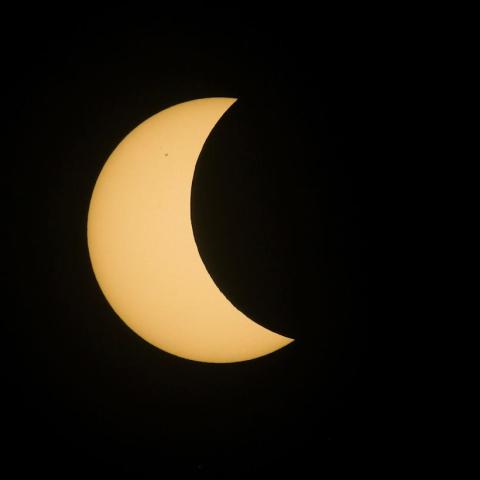The Cambrian Explosion, which occurred around 530 million years ago, is a major chapter in the story of life on Earth. Recent research, however, proposes that this burst of life actually began as early as 545 million years ago. A study from the University of Barcelona and the Natural History Museum in London examined ancient trace fossils—marks left by early animals—to provide new insights into this time of rapid evolution.
Why the Cambrian Explosion Matters
During the Cambrian period, many of the animal groups we recognize today suddenly appeared. Before this era, life was mainly simple and soft-bodied. The Cambrian brought a surge of complexity, introducing creatures with hard shells and segmented bodies. This shift laid the groundwork for the rich biodiversity we see today.
Olmo Miguez-Salas, one of the researchers, emphasizes the importance of the fossil record. "Trace fossils give us a peek into how ancient life interacted with their surroundings," he notes. These fossils can tell us about the behaviors and movements of these early organisms, even if their bodies didn’t fossilize well.
The Importance of Trace Fossils
Trace fossils include footprints, burrows, and other imprints made by organisms. Unlike regular fossils that show body shapes, trace fossils reveal actions. Miguez-Salas explains that these marks reflect the behaviors shaped by habitat and environmental challenges.
By studying trace fossils from just before the Cambrian, researchers found evidence suggesting early organisms were more advanced than we once thought. They likely had specialized ways to move and interact, which hints at a more complex structure of these life forms.
New Findings on Early Life
One of the study’s key findings is that these early organisms might have possessed muscles and other complex features. Researchers suggest that they could move in specific directions and had basic ways to sense their environments. This complexity signals that the explosion of life we associate with the Cambrian may have been building up long before it officially started.
This research opens new discussions about the evolution of life on Earth. It alters the traditional timeline and suggests that the conditions necessary for rapid biodiversity growth were already developing millions of years earlier.
In summary, the Cambrian Explosion is a crucial event that reshaped life on Earth. New studies are reshaping our understanding of when it all began and how organisms responded to their environments during this transformative time.
For further details on this study, see the report in Geology.




:max_bytes(150000):strip_icc()/blue-bell_Blue-62470305416e42c08f0668036665f991.jpg?w=480&resize=480,480&ssl=1)














